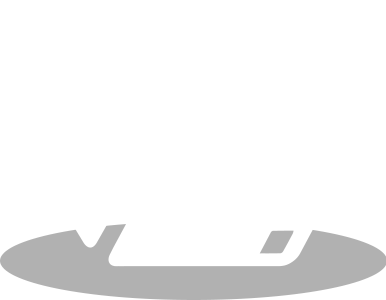Glossary

Acceptable Indorsement/Endorsement
An Acceptable Indorsement/Endorsement (either spelling may be used) is the payee’s signature on the back of a check. The endorsement allows a proper and legal release of the funds associated with a check, either through cash or deposit, by a banking institution. The payee can endorse the check on the back in the space provided either by a signature or a business stamp. There are three main types of acceptable endorsements. These types are blank, restrictive, and special endorsements.
Blank endorsements are simply the payee’s signature on the back of the check without any distinction of how the banking institution releases the funds. This type of endorsement allows the payee access to the funds either through a cash payout or to have the money deposited into the payee’s account.
A restrictive endorsement places a constraint on how the funds are handled. An example of a restrictive endorsement is by writing “For Deposit Only” in the endorsement space, limiting the funds to be deposited into the payee’s account instead of released as cash. The payee’s signature is still required for this type of endorsement. This type is the safest form of endorsement because it does not allow an unauthorized person access to the funds.
The third type of endorsement is a special endorsement. Checks with a special endorsement are also referred to as “Third-Party Checks”. A special endorsement is when the original payee wishes to release the funds to another party. The payee writes “Pay to the order of [third-party’s name]” and signs below, allowing the third-party the right to the funds.
Checks that list multiple payees must be handled with care, depending on how the names are listed on the “Pay to” line. If the two or more names include the word “AND”, all payees must endorse the check. However, if the names listed have the word “OR” between them, either payee can endorse the check. Sometimes, the names will only be separated by a comma. In this case, it is up to the bank’s discretion whether it requires one or all signatures to be present. To save time and hassle, it is best to have all payees listed to endorse the back of the check.
Back to list